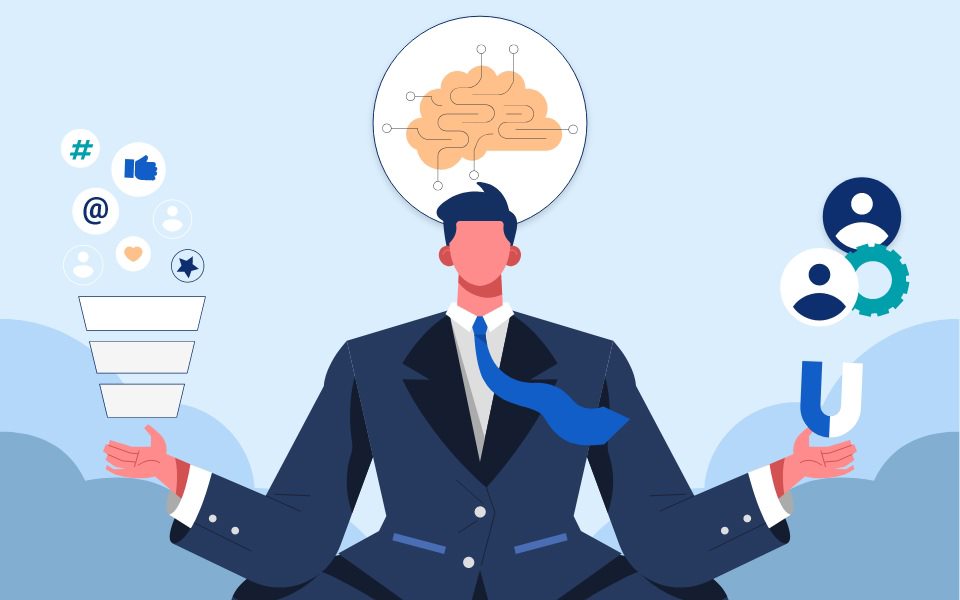Subscribe to our Newsletter
Stay up to date with the latest marketing, sales, and service tips and news.

Buyer behavior describes people’s choices and actions while purchasing goods or services. The driving force behind any marketing approach is consumer behavior. The most critical challenge for businesses looking to enhance their business model and attract more clients is understanding why and how individuals choose to buy this product or why they are so devoted to one particular brand.
Knowing what the buyer wants can help sell items much more quickly. Some fundamentals will remain unchanged despite customer wants, and behavior continually changes to satisfy daily demands. Additionally, once you know the basic consumer behavior principles, you can effectively build efficient sales strategies and increase revenues. To better comprehend and deal with them, it would be helpful to understand various B2B buyer behaviors and strategies to deal with them.
Hence, while dealing with a variety-seeking behavior, catch their attention immediately by presenting your goods or services in the best light; otherwise, they may not find it compelling enough. Also, don’t forget to highlight the special qualities of your goods or services, as customers want to know what makes you distinct from the competition and what kinds of options, they have with you.
Dissonance-reducing buying behavior occurs when the consumer is highly involved but sees little difference between brands. This usually happens in the case of high-involvement purchases where there are few differences between brands. This differentiates it from the complex buying situation where there are many differences in the market options.
Suppose you want to learn more about the behaviors of your target audience. In that case, you can also conduct customer surveys, monitor their preferences with Google Analytics, or use the most popular method, using outsourced intent data from reputable data providers like DataCaptive. This will help you better understand the behaviors of your target audience in detail and help you get the results you want.
Show some love!

Subscribe to our Newsletter
Stay up to date with the latest marketing, sales, and service tips and news.
